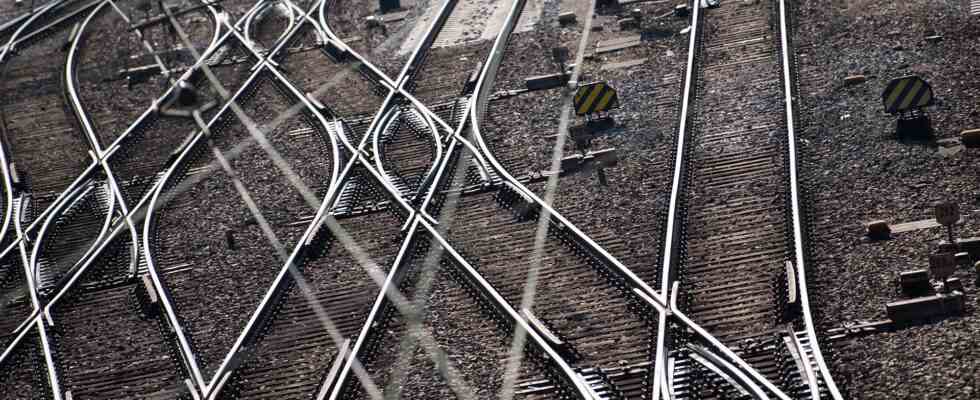Status: 05/05/2022 2:29 p.m
While Deutsche Bahn spends many billions of euros every year on modernizing the existing infrastructure, the group is making little progress when it comes to building new routes.
The expansion of the railway lines in Germany is hardly progressing. In 2021, too, only around two kilometers of new operating routes were added on balance. This emerges from a current railway infrastructure report for the Federal Railway Authority, which the authority has published. After that, new sections with a total length of around eleven kilometers were put into operation. At the same time, almost nine kilometers of track were shut down, sold or dismantled.
40 kilometers in five years
According to the report, the rail network covered around 33,290 kilometers last year. This means that the network only grew by a little more than 40 kilometers between 2016 and 2021.
By 2030, the federal government and the railways want to double the transport performance on the rails compared to 2015. In the opinion of many experts, in addition to the renovation of the existing network, more new tracks are urgently needed. “The federal government is still treading water when it comes to rail infrastructure,” said the managing director of the Pro-Rail Alliance, Dirk Flege. “Although the decade-long process of shrinkage has stopped, the necessary expansion and new construction is not progressing.”
Electrification of routes
The Pro-Rail Alliance has long been calling for a significant increase in federal funds earmarked for the new building. The association is also committed to faster electrification of the route network. According to the report, almost 180 kilometers of tracks were equipped with overhead lines last year. This means that the share of electrified routes in the overall network continues to be around 60 percent.
However, the electrified transport performance is already significantly higher: around 90 percent of all passenger and freight traffic is currently handled on electrified routes. This is mainly due to the fact that the busiest sections are equipped with overhead contact lines. So far, however, there have not been many rural regional train routes and border crossings.

